What should be a modern sink drain?
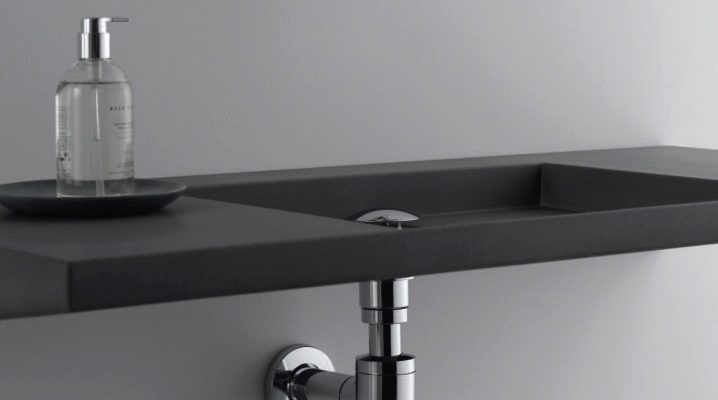
Modern man is already so accustomed to various communications that he no longer delves into how they operate. People begin to take an interest in certain elements of communications when repairs are planned or carried out. Thus, even the installation of a conventional washbasin requires a certain amount of knowledge. You need to know how to select the drain, mount the siphon and connect the system.
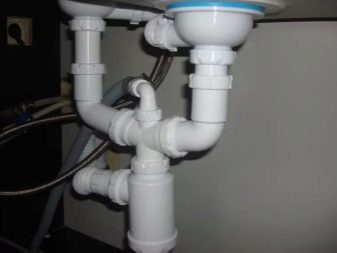
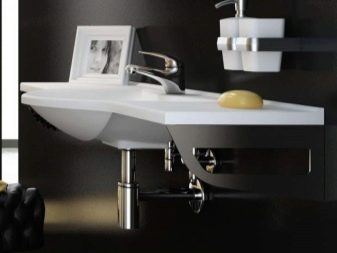
Peculiarities
Drain refers to a curved structure that is required in order to transport excess water down the drain. Considering this system for a sink and a bath, it is worth noting their identity.
The drain includes the following elements:
- a special unit called a siphon. Thanks to him, there is an obstacle to the depletion of the nasty smell from the sewer. The same element acts as a protection for the drain pipe, protecting it from blockages;
- a drain pipe, through which water flows into the sewer;
- you will also need a corrugation and a hose.

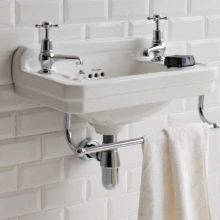
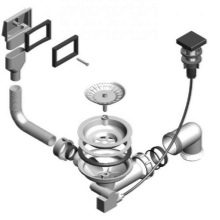
Device types
The drainage mechanism should be classified according to various criteria. By the type of design, it is worth highlighting two options for draining.
- Bottled. They provide that the water seal is immersed by the cylinders into each other. It is a very user-friendly design that is quick and easy to install. It is also possible to equip the structure with a slotted unit. The bottle siphon is so named because it visually resembles a bottle. Such designs are distinguished by an easy installation process and comfortable operation. That is why today they are in special demand among consumers.
- Pipe. They are double-breasted constructions where a hydraulic damper is built using a pipe bend. In this situation, the pipe looks like the letter S or U. The pipe type is relatively rarely used in practice. The advantage of this drain device is that the material is characterized by flexibility and softness, due to which it is possible to give any shape to the pipe, fixing it in the required position. As a disadvantage, it is worth noting that, in comparison with the bottle version, the presented species is characterized by a more complex installation process, which requires the master to have certain knowledge in this area.
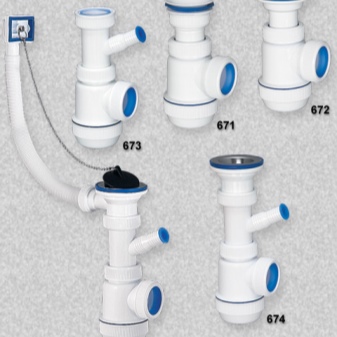
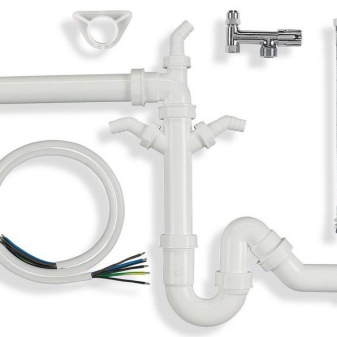
Also, the following types are additionally distinguished:
- side;
- displaced;
- hidden;
- with back and front valve;
- horizontal;
- flexible and others.
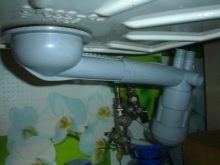

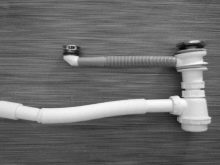
Materials (edit)
Drainage devices can also be classified according to the material from which they are made. Here one can distinguish metal structures and those made of polymer materials. The use of PVC material to create a drain is due to its low cost and resistance to corrosion. Nevertheless, such products are characterized by a short service life, while the sealing is not very good. For this reason, all of them are additionally supplied with rubber gaskets. In some countries of the European Union, this material is prohibited for domestic use. Nevertheless, PVC prevents the development of bacteria on the plastic surface, which is its definite advantage. The inner walls of products made from this material, even with prolonged use, are not covered with dirt or mucus.
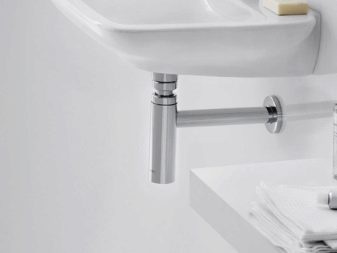
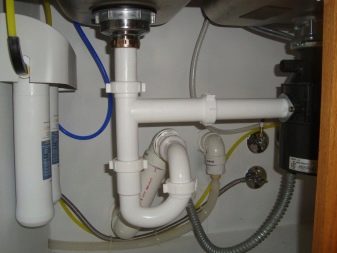
Metal products are especially popular, especially those made of brass, chrome or bronze. They are distinguished by their high strength and long service life, however, they are susceptible to oxidation.
The installation of such structures can cause certain difficulties. when it is required to shorten the branch pipe. This cannot be done without the use of a special tool and possession of certain skills. And also inside the pipe, mucus and dirt will surely accumulate, congestions will form, you can prevent this by choosing metal products that have a chrome-plated protective film.

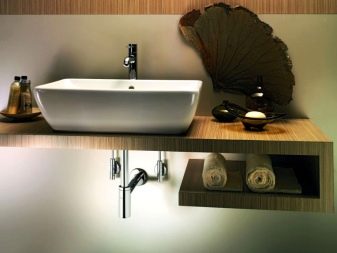
Dimensions (edit)
The drainage structure, as a rule, has a standard size, which is matched to the diameter of the pipes that will be used to drain the wastewater. Today, plums with a diameter of 50 to 75 mm can be found in specialized stores.


How to choose?
When choosing drain fittings, first of all, a person should pay attention to the quality of its manufacture. This is what determines how well the plumbing will function and how long its service life will be. When it comes to choosing a regular sink in the kitchen, it is relatively easy to implement, but if the sink is custom made, then there are certain difficulties. The best option to get out of this situation is to order a drainage structure from the same manufacturer from which the sink was purchased. When choosing one or another model, it is necessary to check its dimensions so that no difficulties arise during installation and use.
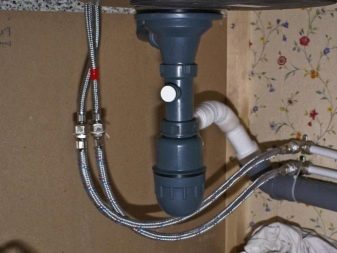
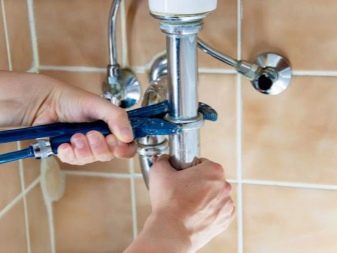
How effectively the selected device will function depends on how it is manufactured and assembled. The water pressure is of great importance. So, a high head makes it necessary to choose a drain hole with a wider diameter.
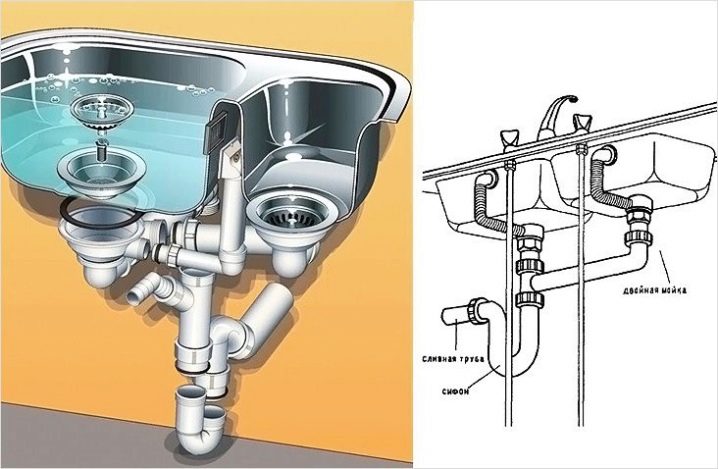
When choosing fittings, you need to pay attention to the completeness of the model, reliability of all provided parts. When it is not possible to purchase high-quality drain fittings due to lack of funds, you can choose standard models made of white plastic. Many people prefer rubber and plastic drain devices because they are cheap, easy to install and stable for a long time.
The second point when choosing a drain system is its size. The diameter of the drain must match the plumbing system in the kitchen or bathroom. Today, the most popular are easy-to-install, light-weight and comfortable-to-use bottle drain devices made of plastic. Manufacturers usually provide everything you need to install such a system. The kit includes the required seals and gaskets.
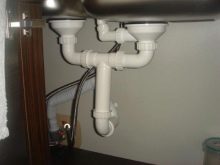
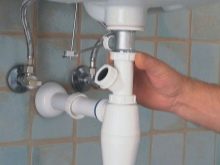

Installation recommendations
There is no difficulty in installing the drain system yourself. Each device usually provides an instruction manual, which contains the necessary information and the sequence of installation.
Installation is usually carried out in several stages.
- Selection of the necessary tools and materials. Despite the fact that today there are various drain devices, the technology for their installation is almost the same. Regardless of the type of drain, you can figure out the method of its installation. As a rule, the kit includes additional parts.
- To determine which elements and in what sequence you need to use, you should first lay out all the parts on the table or on the floor.
- Be sure to get the required tools for the job. Almost all of them are in the arsenal of a real man. This includes a flat screwdriver, a sealant, a container into which water will drain, and others.If you need to trim the pipe, you should have a tape measure and a hacksaw with you, as well as sandpaper for grinding.
- Dismantling the old siphon. To perform this procedure, it is necessary to unscrew the screw that is installed in the grill. It is located in the drain hole. Often there are situations when it is almost impossible to disconnect the nut from the grate, therefore, first of all, it will be necessary to dismantle the lower part of the siphon, leaving the upper branch pipe intact. Then, through gentle rotation, you can release the stuck nut.
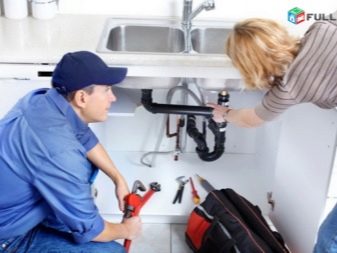
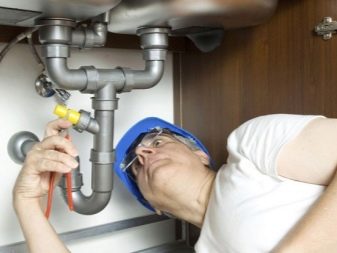
- After the old device is removed, it will be necessary to thoroughly clean the internal cavity, removing various dirt and mucus from there.
- Before starting the installation of a new system, it is necessary to plug the socket, protecting it from contamination.
- It is necessary to collect the structural elements. When it comes to a pipe drainage system, the assembly is carried out directly during installation, superimposing one element to another. If the work takes place with a bottle view, the following steps are required before starting the installation:
- initially, the device must be placed under the bowl in order to try on and make sure that the dimensions have been chosen correctly;
- you need to check how reliable the fasteners are. To do this, you need to unscrew the plug on the thread and inspect for chips and flaws. In no case should this parameter be neglected, since very often there are marriages that cannot withstand high pressure;
- if burrs are seen on the surface, then you can carefully cut them off with a sharpened knife. If this is not done, they will damage the gasket during installation.
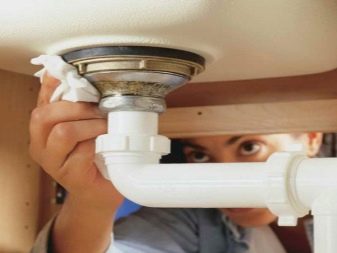
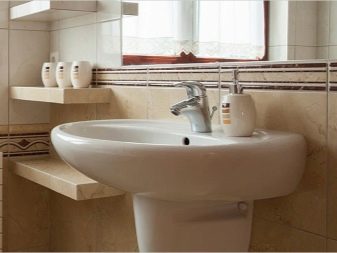
- If all the elements are ready, then you can start collecting the flask. To make the connections as reliable as possible, it is recommended to install the O-ring, which is embedded in the groove. This area must be treated with a sealant. It is also possible to coat the lower part of the threaded joint with this agent. Further, the sink must be installed in the seat, after which you can proceed to the installation of the drain.
- Overflow drain installation. If models are used that are equipped with overflows, then it is necessary to assemble this element in order to set the height of the tube. This parameter should be in accordance with the depth of the bowl. If everything is correct, then the tube must be connected to the main pipe. If the overflow does not seem to be one-piece, but must be assembled, then its height can be freely adjusted. When it comes to corrugated pipe, it can be stretched to the required length and bent in the right place. When the installation is carried out, it is imperative to put a rubber gasket that will prevent leakage.

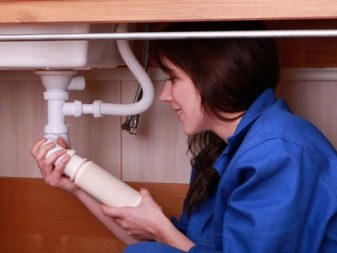
The drain installation includes the following steps:
- the first step is to separate the drain hole and clean it. When installing, you need to install a protective grill, which is equipped with several divisions;
- the branch pipe must be equipped with a gasket made of rubber, after which it must be tightly connected to the drain hole in the sink;
- Having tightly joined the upper side, the drain is fixed by means of a screw, which is inserted into the protective grill. When tightening this screw, be sure to make sure that it fits as tightly as possible to the surface;
- then it is necessary to remove the chamfer from the end of the branch pipe, which is required to ensure its free docking with the cavity of the siphon;
- to dock the branch pipe with the pipe leading to the sewer, a rubber collar is usually used. It allows you to tightly surround the pipe, preventing unpleasant odors from escaping to the outside;
- when the drain and the pipe have different diameters, you need to use special plastic adapters.
- The final stage in the installation process is to check the operability of the installed system.It is important to check the tightness of all connections. It is necessary to turn on the water and watch how it goes into the drain device, getting into the sewer. Place a tissue on the connections as this will immediately detect the presence of a leak. If the napkin remains dry, then this indicates a high-quality work performance.
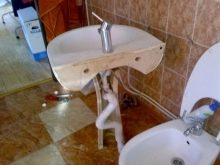
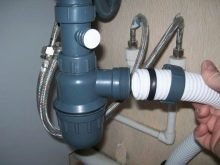
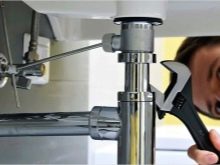
Care Tips
Periodically, you will need to clean the drain hole, which is performed in several stages, such as:
- all screws are unscrewed;
- the mechanism is removed;
- cleaning is carried out by placing the mechanism in apple cider or ordinary vinegar;
- the drain is thoroughly washed with water;
- the plunger mechanism is placed in its original place;
- fastening with screws.
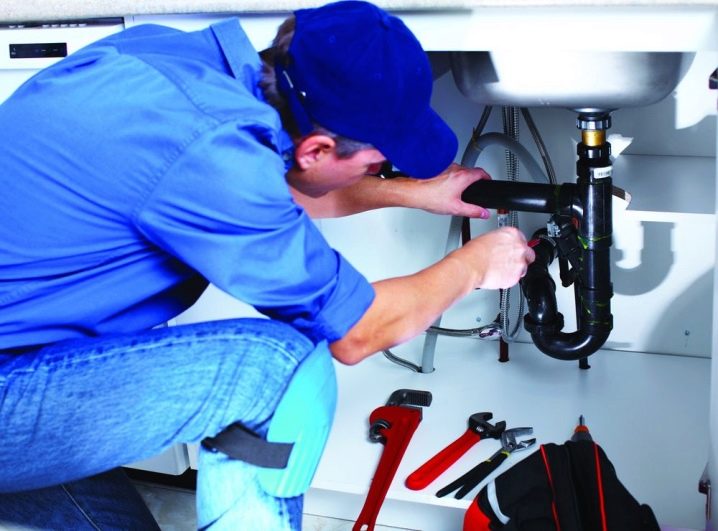
Cleaning the drain hole at home is a snap. Cleaning with baking soda or vinegar is quite effective.
For information on how to assemble a sink drain, see the video below.













The comment was sent successfully.